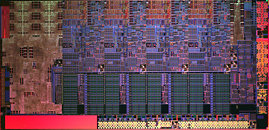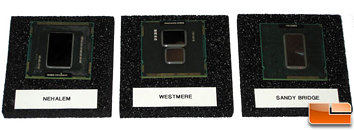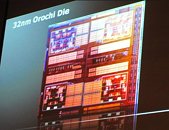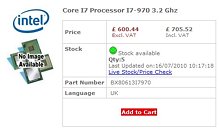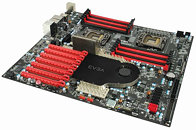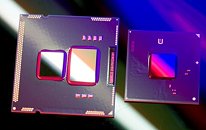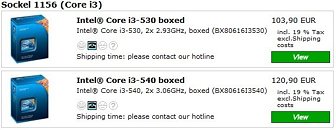
GIGABYTE introduces the GB-AEBN All-In-One PC
GIGABYTE introduces a fully modulated AIO PC model to answer any requirements in the most time and cost efficient way. Whether you want a turnkey, a highly customized or only a barebone product, the GB-AEBN solution can answer your needs, as the entire system is broken down into integrated and standardized modules that can be easily and quickly upgraded or replaced. With this modulated concept, the specifications of the GB-AEBN can be calibrated towards the needs of any kind of end user, and therefore it can be suitable for your targets.
Thanks to its modulated concept, we are able to adapt most of the GB-AEBN parts to deliver any kind of end-user advantage, and you can easily modify them afterwards. The GB-AEBN solution supports components from any supplier complying to our product's form factors (Intel's AIO Mini-ITX standard, slim ODD bay, 3.5'' SATA bay, etc.).
Thanks to its modulated concept, we are able to adapt most of the GB-AEBN parts to deliver any kind of end-user advantage, and you can easily modify them afterwards. The GB-AEBN solution supports components from any supplier complying to our product's form factors (Intel's AIO Mini-ITX standard, slim ODD bay, 3.5'' SATA bay, etc.).








